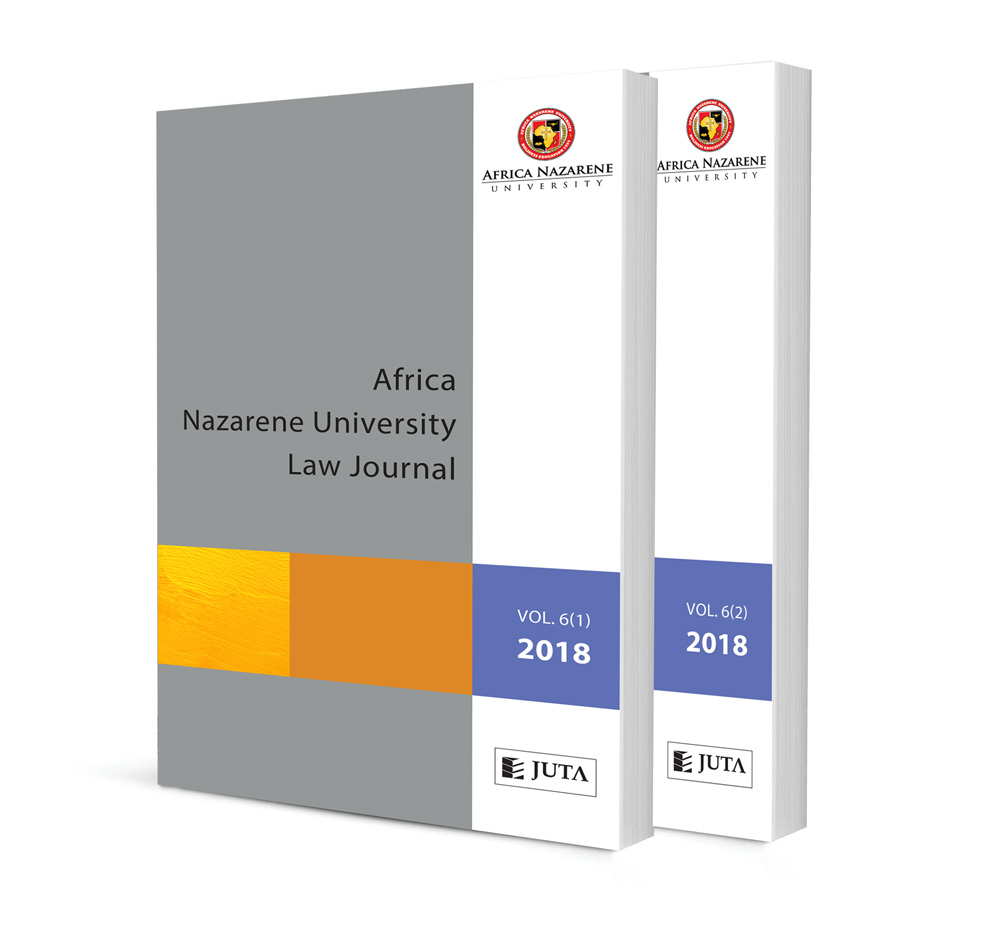
The Interface between the New and the Previous Land Laws in Kenya: Is there a Philosophical Shift?
Authors Tom Ojienda and Mathews Okoth
ISSN: 2521-2613
Affiliations:LLB (University of Nairobi), LLM (King’s College), LLD (UNISA), Associate Professor of Law, Moi University School of Law; Advocate of the High Court of Kenya; LLB (Hons) (Moi University), Dip Law (Kenya School of Law), MBA Candidate (Edinburgh Business School); Advocate of the High Court of Kenya.
Source: Africa Nazarene University Law Journal, 2014, Issue 1, p. 107 – 121
Abstract
The Constitution of Kenya 2010 sought to redress the perennial problems associated with land access, use and management in Kenya. Consequently, Parliament has enacted statutes to operationalise Chapter Five of the Constitution dealing with land and the environment. The Land Act, for example, allows for conversion of public land to private land with the approval of either the National Assembly or County Assembly. However, the circumstances for granting the approval are not circumscribed with certainty, thus susceptible to abuse. Again, although the Constitution provides that the maximum period in which non-citizens can hold land in Kenya is 99 years, the Land Act fails to specify whether the period runs from when existing titles held by non-citizens were granted, or from the date of promulgation of the Constitution. The truncation of leaseholds that are for periods longer than 99 years will no doubt present myriad property rights claims, and a framework ought to have been laid out on how to redress such peculiar claims. In light of the foregoing, this article evaluates the interface between the new and previous land laws in Kenya with a view to establishing whether the latter are a philosophical shift from the former. The article seeks to achieve this objective principally by analysing the extent to which the new land laws address the issues that informed land reform in the first place.